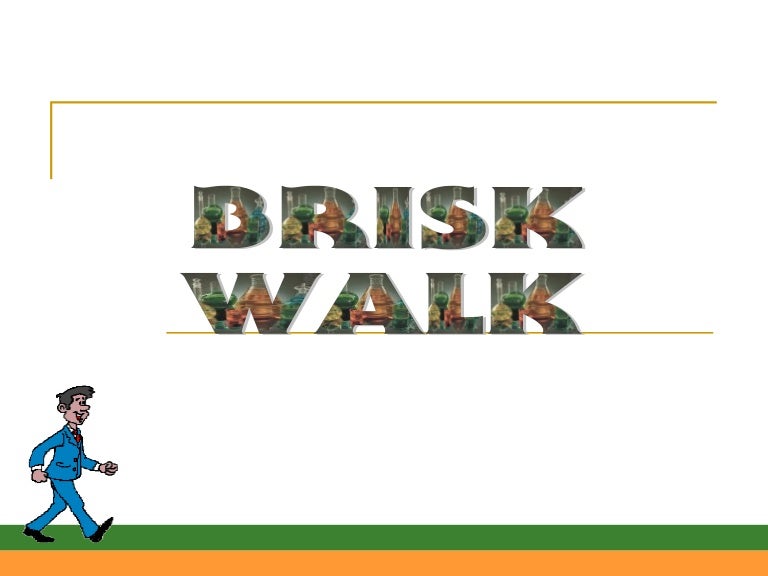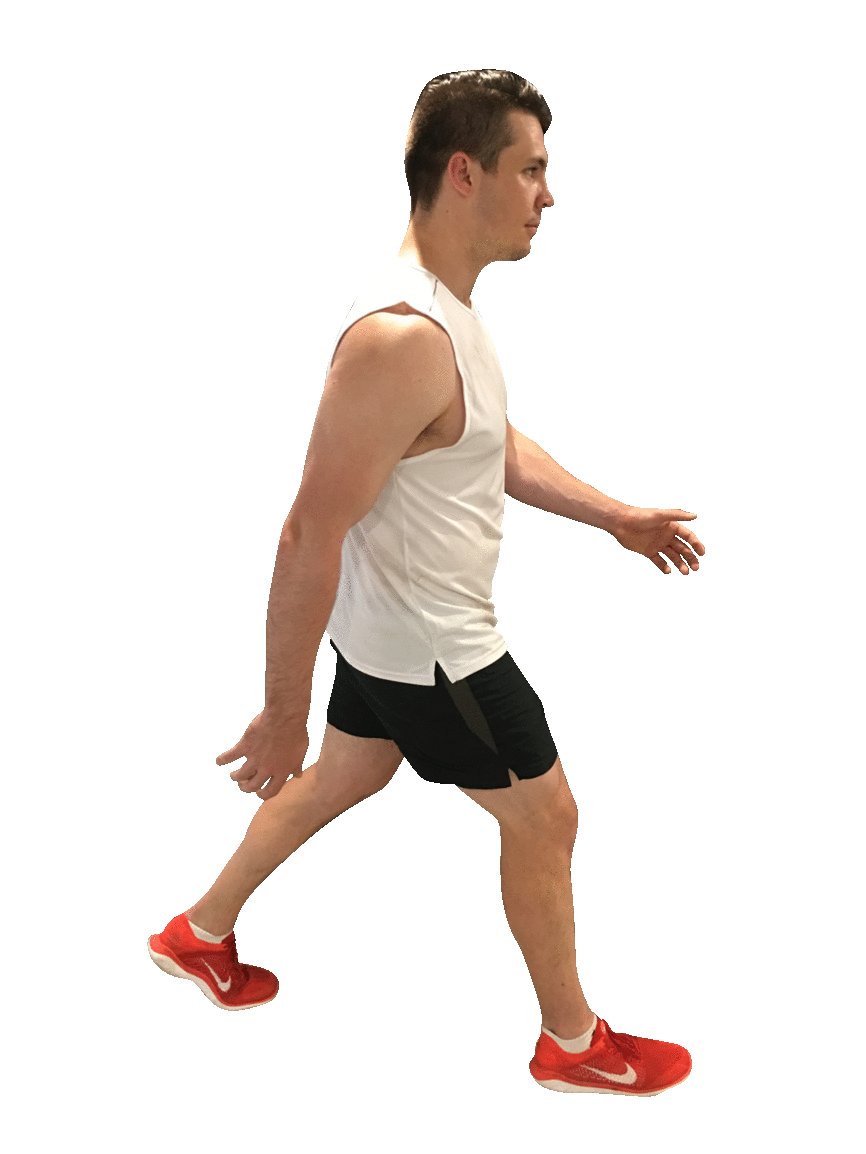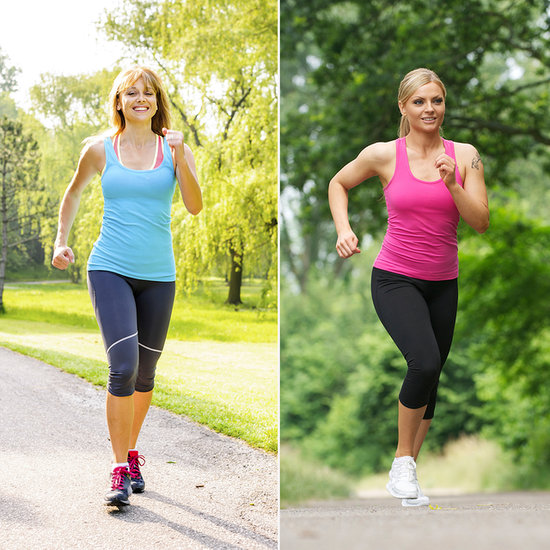

Like any exercise, brisk walking also has plenty of excellent benefits. Cool-down: End your brisk walking session with a slow walk for about 5-10 minutes to cool down your muscles.Duration: Aim for at least 30 minutes of brisk walking per day.Maintain Posture: Keep your head up, shoulders back, and arms swinging naturally.Increase Pace: Gradually increase your pace and try to walk at a speed that makes you breathe harder but still allows you to carry on a conversation.Warm-up: Start with a slow and steady walk for about 5-10 minutes to warm up your muscles.

To get started with brisk walking, all you need is a comfortable pair of shoes and some space to walk.
Brisk walking vs walking how to#
How to Do Brisk Walking?īrisk walking is a simple activity that can be done by anyone, anywhere. Although brisk walking may not be as intense as running, it still works up many muscles and is helpful in improving your overall health and fitness. When you brisk walk, your heart rate increases, and you may start to breathe slightly harder than normal. Brisk walking is not jogging or running, but it is faster than normal walking. It is sometimes called power walking or speed walking. What is Brisk Walking?īrisk walking, meaning a type of physical activity that involves walking at a faster pace than usual. In this blog, we will discuss what brisk walking is, how to do it, and the many health benefits associated with it. Walking and brisk walking are also considered a form of cardio exercise.

Brisk walking is a type of walking that involves a faster pace than normal walking, and it can be done anywhere, anytime, without the need for any special equipment. If you want to progress from walking to running, do it slowly, gradually increasing the speed, distance, and frequency of your runs.Walking is one of the simplest forms of physical activity and an excellent way to boost your fitness and overall health.

“And they often get injured as a result.” “Running gets the reputation for causing injuries because many people who are just starting to run try to do too much too quickly,” Garber says. Lower weight means less stress on the joints-even during a high-impact activity like running. The researchers theorize that one of the reasons for fewer joint issues among the runners is that, as a whole, the runners had lower body mass indexes (BMI) than the walkers. In a study published in 2017 in the journal Arthritis Care & Research, almost 59 percent of nonrunners had osteoarthritis in their knees compared with 53 percent of the runners for the group that reported running the most, the prevalence dropped to about 51 percent.Īnother study, published in 2013, that analyzed data from the National Runners’ Health Study found that those who ran more than 1.2 miles per day had a 15 percent lower risk of osteoarthritis and a 35 percent lower risk of hip replacement than those who were less active. Runners pound the pavement, but running doesn’t necessarily lead to more arthritis than walking, according to recent research. “By alternating higher-intensity intervals of running with lower-intensity walking intervals, you’ll reap the benefits without putting excessive stress on your body.” “Running is often a big step up in intensity from walking, so it’s best to add it into your routine gradually,” she says. HIIT is also a great way to ease yourself into a running regimen, Garber says. (Garber was not involved in the 2018 study.) “Reducing visceral fat, even without losing weight, can improve overall health,” says Carol Ewing Garber, Ph.D., a professor of biobehavioral studies at Columbia University Teachers College. That means the fat can trigger a variety of metabolic changes, including increased insulin resistance and higher triglyceride levels. This is important because visceral fat is located deep in the abdominal cavity, surrounding organs such as the liver and pancreas. A 2018 analysis of 39 studies, published in the journal Sports Medicine, concluded that HIIT reduced what’s called visceral fat by 1.8 percent. High-intensity interval training (HIIT)-a workout in which you alternate short bursts of activity at close to your peak heart rate with easier bouts-can help eat away at belly fat. You can help decrease how much fat you store in your middle if you pick up the pace by interspersing some stretches of all-out sprinting with your jog or walk.


 0 kommentar(er)
0 kommentar(er)
